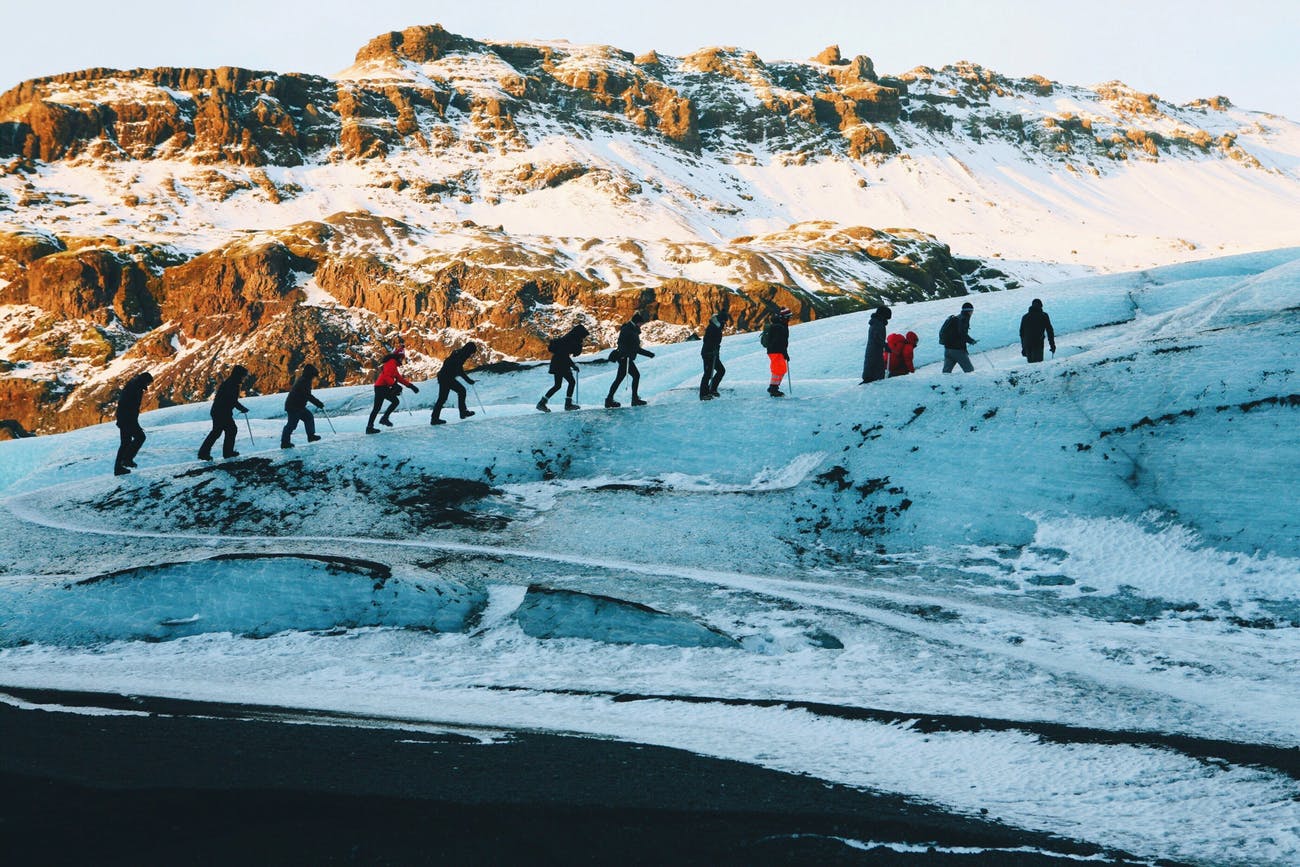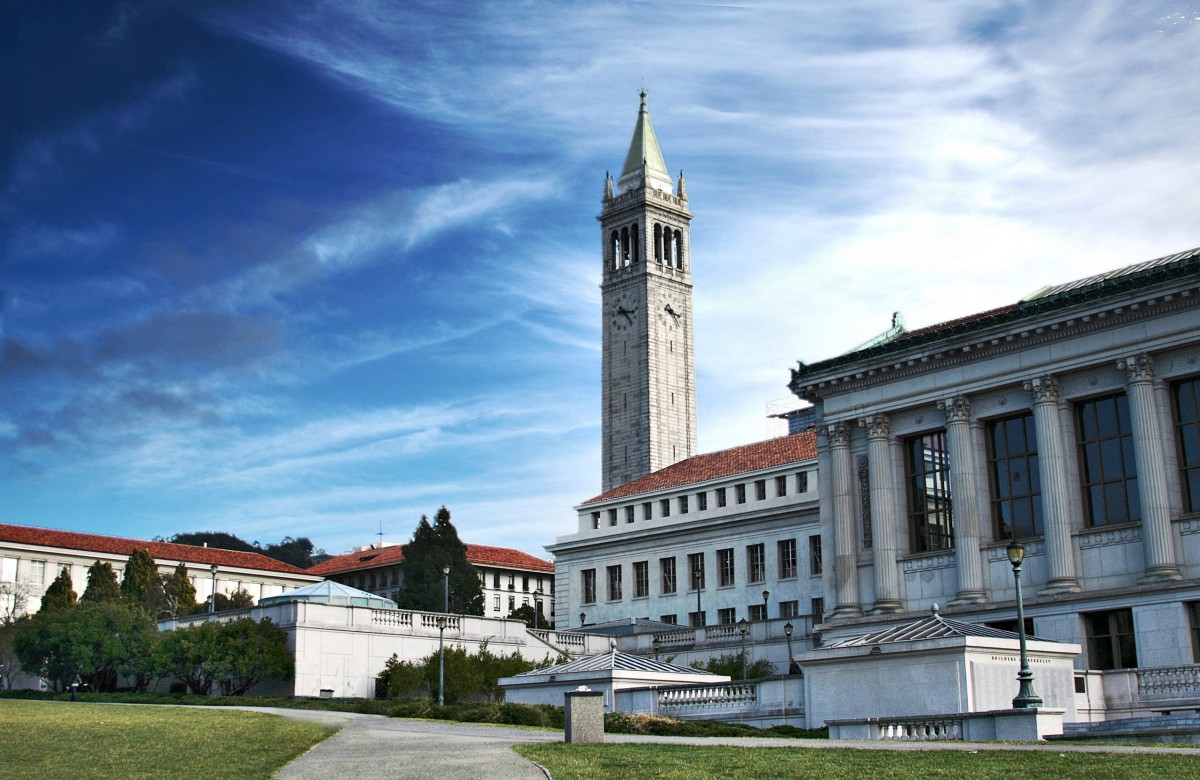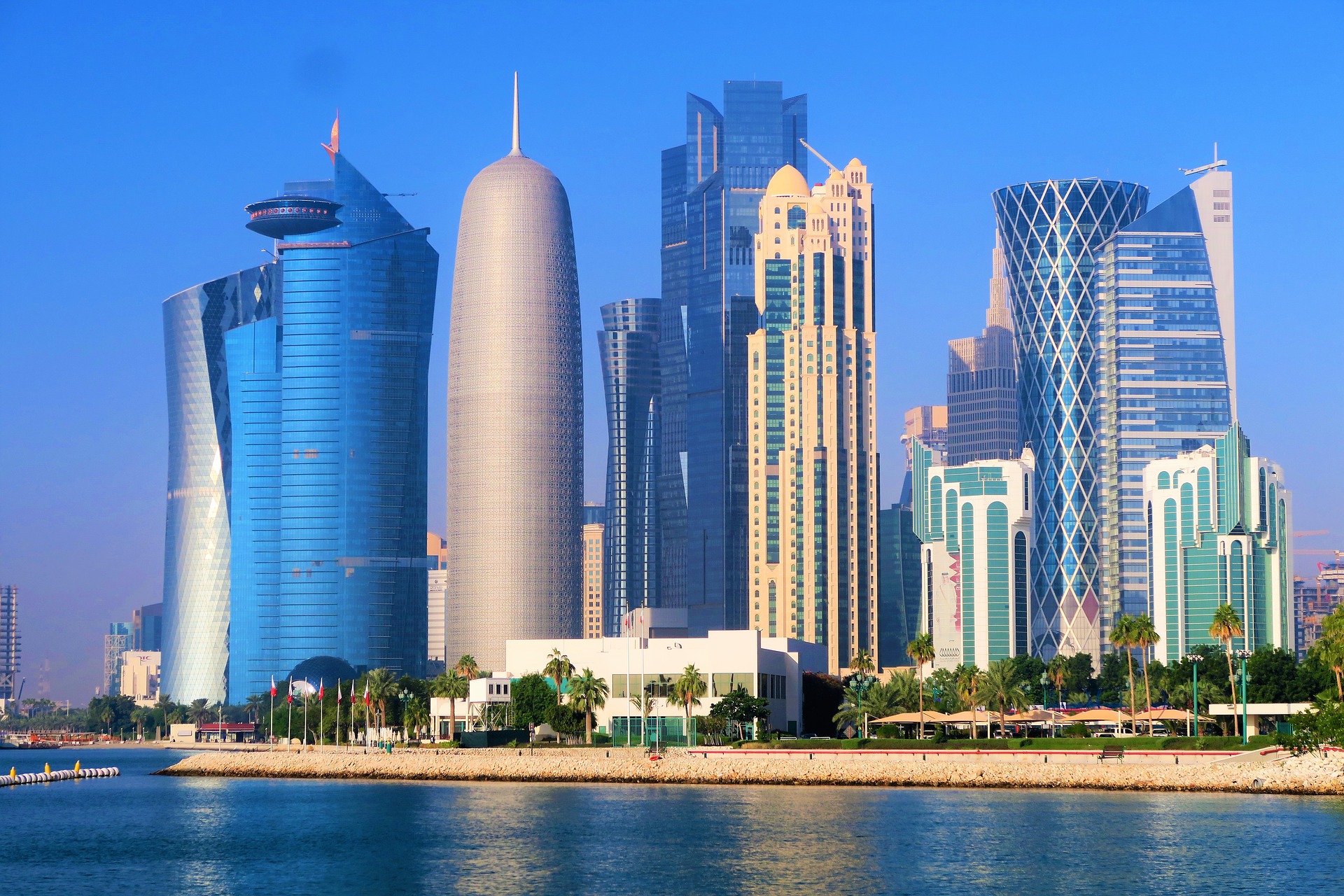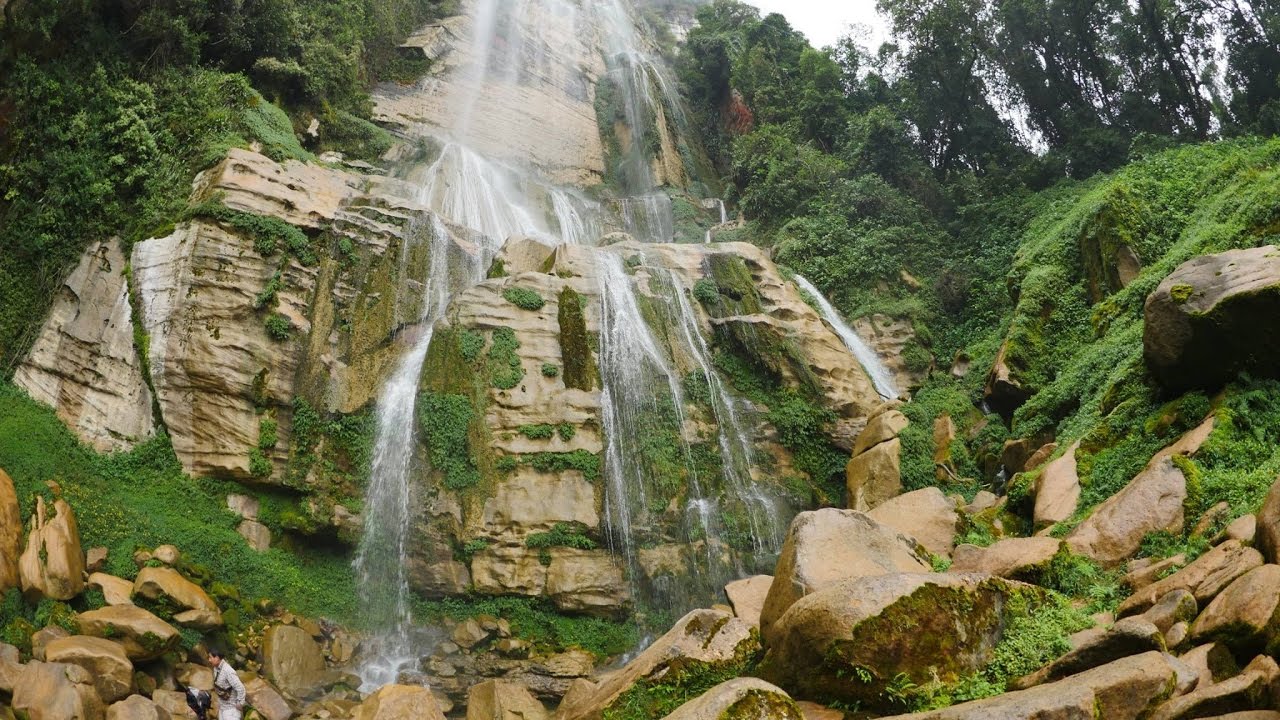Best Time to Visit Iceland in 2024
Planning to Visit Iceland? Know the Best Time to Visit. To enjoy a place in its best form; you need to know the perfect time to visit there. Iceland is no exception to that. The land of fire and ice can mesmerize you with active volcanoes, ice fields, geysers, fjords, hot springs, and glaciers.
If you are a nature-lover, you will find spending time in Iceland can make you feel awesome. Besides that, if you are an adventure seeker, Iceland can be one of the most happening places around the world.
Visiting Iceland as Per Travel Season
So, if you are planning to visit, you need to know the best time of year to visit Iceland. Read on to know more –
1. High Season (Mid-June through August)
If you want to visit Iceland at its peak season, summer is the time when you can pack your bags and fly there. As Iceland is located in the Arctic Circle, the weather is mild this time, and you can visit the places of attractions in their best form.

Summer gives the longest days of the year, and this is also the time of Summer Solstice. If you want to discover Iceland in its absolute beauty, you can pack your bags for summer only. But, you have to be aware of the crowd, you will face this time. Also, you need to know that the prices of the hotels are quite high now.
2. Shoulder Season (Mid-May through Mid-June, September through Mid-October)
The shoulder season is not that prominent in Iceland as tourists always make the country throb with life. As this time is the late spring in Iceland, visitors can expect a bit of snow, melting from the leaves and trees. Due to fewer crowds, getting accommodation in hotels can be easy this time.

In September and October, autumn is there to bring colors and light in nature. The trees start to change colors, and the national parks become red, yellow, and orange for the seasonal flowers while the lush green grass and moss give a balance to your eyes.
3. Low Season (Mid-October through Mid-May)
Though this time gap is known as ‘low season,’ numerous visitors travel to Iceland to enjoy the winter activities, throbbing nightlife, and the hot springs. Still, the crowd is not like the peak season, and you can get fair deals on air tickets, hotel accommodation, and transportation.

The days of winter in Iceland are often dark, and you can expect only six hours of daylight. Be careful to go to the mountain roads and the roads of the interior, as those may get impassable.
Iceland Weather and Festivals (Month by Month)
Now let’s move to another section of the discussion and have a look at the weather and festivals of Iceland in each month of the year. It will help you to plan your visit accordingly.
January
What is the best time to visit Iceland? Maybe not in January! It is the coldest month of the year in Iceland when the highest average temperature is around 2°C, and the lowest one is nearly -3°C. When the cold winter wind blows, it feels shivering. In January, you can expect the shortest days with only 4 hours of daylight.

New Year’s Day is one of the biggest festivals that is celebrated in Iceland in January. Also, January 6 is commemorated as the last day of Christmas, and it is known as ‘Prettandin’. This day is enjoyed with traditional songs, bonfires, and fireworks.
February
The temperature is almost like January this time, but the days become longer, and you can enjoy sceneries around. At the end of the month, you can expect daylights even for 10 hours. The precipitation rate is around 40mm this time.
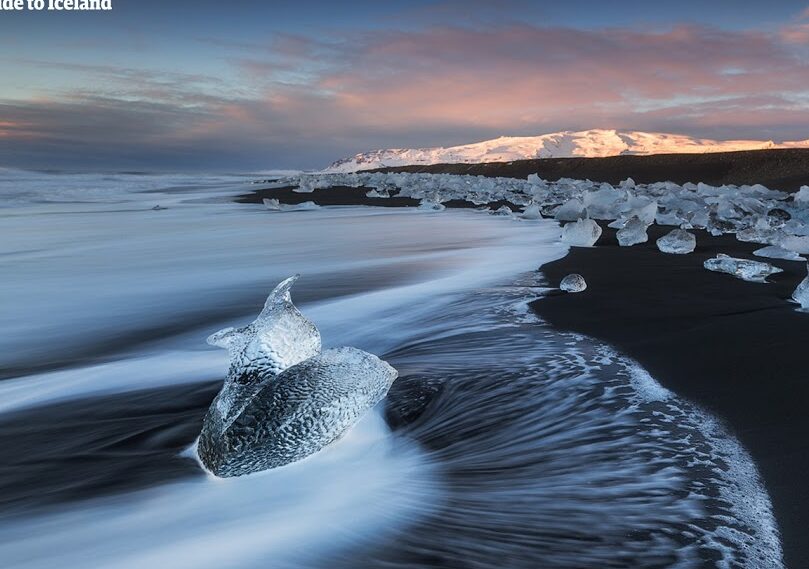
Winter Lights Festival takes place in the first week of February. It is celebrated to lift the winter darkness and show lights to the spirits. Besides this, another funny occasion known as Oskudagur is celebrated in Iceland, on the seventh Wednesday before Easter. It is kind of Halloween where kids dress up, ask for candies, and sing happy songs.
March
Days are longer now, and on March 31, you can get daylight for 13 hours and 26 minutes! Though the days get brighter, the temperature remains the same as of 2°C. This time, you will get a bit of rain to make the days even colder.
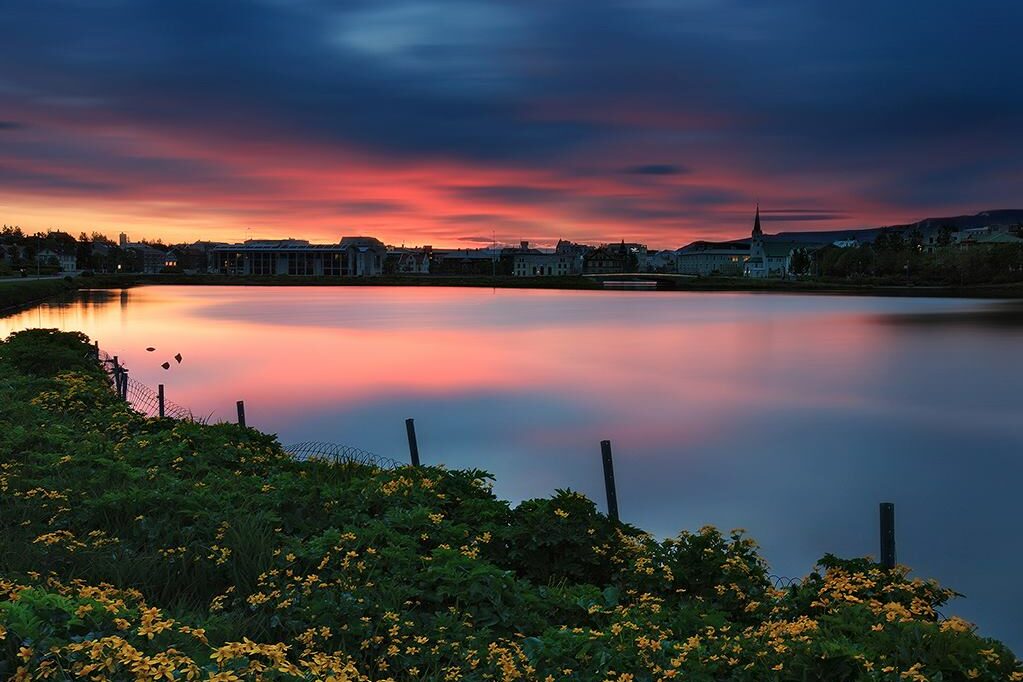
If you are in Iceland this time, you can’t miss the Beer Day, celebrated on March 1 each year. Also, the DesignMarch in the middle of the month helps you to attend workshops, exhibitions, and other events where you can watch the best interior and graphic design, architecture and furniture, and so on.
April
April is the beginning of summer in Iceland. The temperature goes upward, and this time it is 5°C. The days become even longer with daylights for 16 hours nearly. The sun gets set around 8:19 pm in this month.

The first thing you can enjoy in Iceland in April is Easter. As it is the end of the long and dark winter, people rejoice a lot on this day. Also, April 19 or 25 is celebrated as the first day of summer according to the Icelandic Calendar. On this day, music, parades, sports events, and other entertaining activities take place.
May
May is the best time to visit Iceland as you get 20 hours of daylight and also the bright sunny days. With the average high temperature of 9°C, Iceland is worth to visit this time. The crowds are lesser, and also the fares are limited.

The Reykjavik Art Festival is something you can enjoy in mid-May that continues for 16 days. A variety of art and designs along with national and international theaters are the main exhibit this time. Besides, the Rite of Spring Festival is the celebration of jazz and folk music.
June
In Iceland, you can expect the longest days in June. The average temperature is 11°C though it may even go upwards, up to 15-20°C. The sunsets around 11:32 pm and you can get enough time to enjoy the outdoor activities. With less rain and less cold, this is the perfect time for sightseeing.

Seafarer’s Day and Festival of the Sea are celebrated to remember the seafarers, who lost in the sea. It is also celebrated as a day of merriment, dedicated to the fishermen who are an essential part of the culture and economy of Iceland. Also, Iceland National Day is celebrated on June 17.
July
July is also a quite pleasant time to visit Iceland. The weather is not too hot or too cold, and it is soothing to have outdoor activities. The maximum temperature is around 13°C while the low temperature is nearly 11°C.

Innipukinn Festival is a small musical concert, celebrated in July, where you can enjoy the country music from the popular bands of Iceland. You can also enjoy the performances of standup comedians, musicians, and a variety of food in this concert.
August
From August, you can notice a decline in the temperature. Though the temperature during the daytime can be 14°C, it can fall up to 6°C at night. You can expect dry August as rain won’t be a hindrance to your activities.

Gay Pride takes place on the second weekend of August with concerts, parties, parades, and theatre. Also, on the third weekend, you can join the Reykjavik Marathon where more than 10,000 people from the country and abroad take part. As the marathon ends, people celebrate Menningarnott, the cultural night with lots of events.
September
The days are even shorter now, and the temperature becomes colder. The highest average temperature is around 9°C while the lowest is 5°C. The cold wind starts to blow, especially at night. From this time, you can expect to see northern lights.

Reykjavik International Literary Festival takes place in early September in which lots of Icelandic and international authors take part. Also, the 10-day long Reykjavik International Film Festival is another exciting festival where you can watch fictional and non-fictional award-winning films from the world.
October
As October approaches, winter is there in Iceland, though you can’t avoid the touch of autumn also. Nature changes its color and the trees, plants, and grasses get the autumn-touch. The maximum average temperature is 6°C while the lowest is 4°C. You can expect a bit of drizzle this time.

The mid-October is the time of celebrating Iceland Airwaves which showcases music talents from different parts of the country. When it is October, you can’t forget Halloween. Though it is new in Iceland, kids and adults both have fun during this time.
November
The average range of temperature is between 5°C and 3°C this time. The freezing weather can make you shiver till the bones. The days are shorter, and only six hours of daylight can be expected. Light rain, snow, and fog are the features of November in Iceland.

The only festival celebrated here in November is Frostbiter which is Iceland Horror Film Festival. It sounds horrific! It features horror films around the world that can make your day more exciting. There are also after-parties and events.
December
Expect cold and dark winter in December! The maximum temperature is around 4°C while the lowest can go up to -1°C. The days are short, and you may not see the daylight at all this time. This time you won’t see many tourists here.

Christmas and New Year’s Eve are the most celebrated festivals in Iceland in December. Christmas is celebrated here with pomp and show. Concerts and mass take place during this time. On New Year’s Eve, fireworks and bonfires take place. Drinking and singing can make time full of merriment.
Best Time to Visit Iceland as per Outdoor Activities
So far you have got to know which is the best time to travel to Iceland. Now, Iceland is the best place for outstanding outdoor activities, like kayaking, whale-watching, puffin-watching, watching northern lights, and so on. So, based on different types of activities, you need to figure out the best time for visiting Iceland. Let’s move to the next section to know more-
What Is the Best Time to See the Northern Lights?
While people plan to visit Iceland, their main aim is to watch the Aurora Borealis or the northern lights. It is always better to watch Aurora Borealis in the full nights to enjoy the true beauty of it.
Plan your trip between late September and late March. Also, you need a clear sky without any precipitation for a better view, and also there must be the presence of solar winds. All these criteria are met in winter, so, plan to visit Iceland during winter.
So, here you get to know about the best time to go to Iceland. If you plan accordingly, and as per your preference, you can enjoy your trip the best and gather lots of memories.

